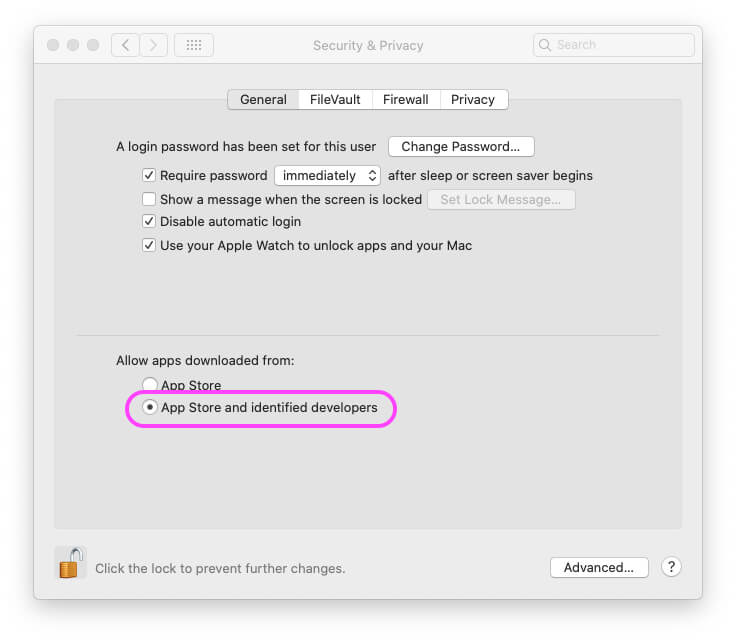


On Mac OS X 10.9 and earlier, with the older .app that presumably had the KEXT in it, the KEXT would be copied to the ~/Library/Application Support//Plugins, which it alarmingly makes writable by the "staff" group - so you'd have been loading a KEXT from a directory in your home folder that is writable to other people on the machine(!!)

Perplexingly, this file doesn't actually seem to exist in the current .app iteration (it looks like it has been replaced with a userland audio driver instead).

If you are on macOS 10.10 or above, the script will delete the file "ZoomAudioDevice.kext" from the .app bundle. If run by an administrator, the script also executes a script as root to change the ownership of .app to root:admin. It also adds Zoom to your Dock automatically, without asking.īizarrely, .app is installed by unzipping a 7-zip archive, then unzipping another 7-zip archive containing graphics and copying that inside the Frameworks folder in the .app bundle. If they are an administrator, Zoom will delete the ugin from /Library if it's there, but it still installs to ~/Library. If the user opening the package isn't an administrator, it looks like it will install the app in the user's home folder instead. The script appears to install two items, namely: /Applications/.app That's bonkers, and also means that the system won't have a list of the files it installed, because it's doing it using shell script. Rather than actually using the installer to install things, it does everything in the preinstall script. The steps are as follows:Ī) Download and install * SpeedUp Mac software on your MacBook, iMac, or Mac mini.The Zoom install package for macOS is mad. When the above process of removing the Zoom Desktop Client app together with associated files seems tedious and recurrent, you can use SpeedUp Mac software to uninstall the Zoom app with a click of a button. H) Open ~/Library/Application\ Support/ folder and remove. G) Open /System/Library/Extensions/ and delete ZoomAudioDevice.kext. From the Menu bar, navigate to Go > Go to Folder.ī) In the text box, type ~/.zoomus/ and click Go.Ĭ) Drag and drop the ZoomOpener folder to the Trash icon present on Dock.ĭ) Empty Trash to remove the folder permanently from Mac.Į) Perform the above steps to remove other folders and files associated with Zoom.į) Open /Applications and ~ /Applications/ folders one by one, then find and delete .app. To uninstall Zoom with version 9.0617 and below, perform the following steps using the Finder application:Ī) Launch Finder from Dock.


 0 kommentar(er)
0 kommentar(er)
